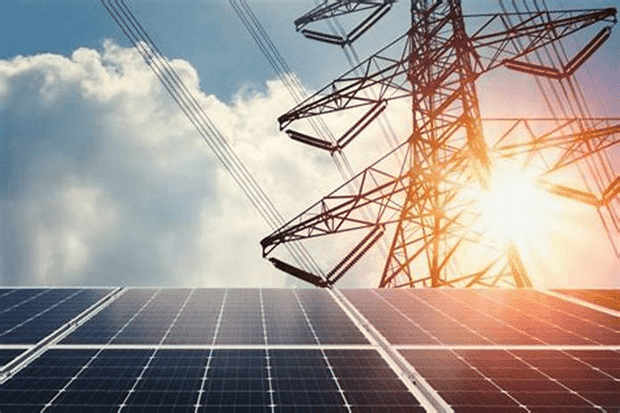A recent report from the International Energy Agency (IEA) claimed that, unlike in European countries and the United States (US), power demand in Southeast Asian countries is on the rise.
“While China, India and numerous countries in Southeast Asia experienced robust growth in electricity demand in 2023, advanced economies posted substantial declines due to a lacklustre macroeconomic environment and high inflation, which reduced manufacturing and industrial output,” the IEA report said.
The report said that while renewables are set to meet almost half of this demand growth, one-third is expected to come from rising coal-fired generation. “We also expect Southeast Asia to see robust annual increases in electricity demand of 5% on average through 2026, led higher by strong economic activity,”it said.
The report also said that while electricity use per capita in India and Southeast Asia is rapidly rising, it has been effectively stagnant in Africa for over three decades. It also said that about 85% of the additional electricity through 2026 comes from outside advanced economies, mostly in the People’s Republic of China (hereafter, “China”), India, and Southeast Asia.
Meanwhile, the report also said that Southeast Asia is a region with new coal-fired capacities coming online amid significant growth in demand. “Coal-fired generation is set to increase annually on average about 4% out to 2026. Renewables are expected to grow at a higher average 7% rate and gas-fired output at about 5%,” the IEA report said.
The report, which made a forecast of power demand globally, said that the emission intensity in Southeast Asia is likely to remain stagnant in contrast to the declining emission intensity of European Union and other regions.
“The European Union is set to have the highest rate of relative decline out to 2026, at an average 13% per year, in emission intensity among the major energy consuming regions, followed by China (6%) and the United States (5%). By 2026, CO2 intensity of power generation in China is expected to fall to US levels from 2014. Over the outlook period, India is also forecast to record a decline of 3% on average annually as the share of low-carbon sources increases. By contrast, emission intensity in Southeast Asia is expected to remain stable,” the IEA report said.

